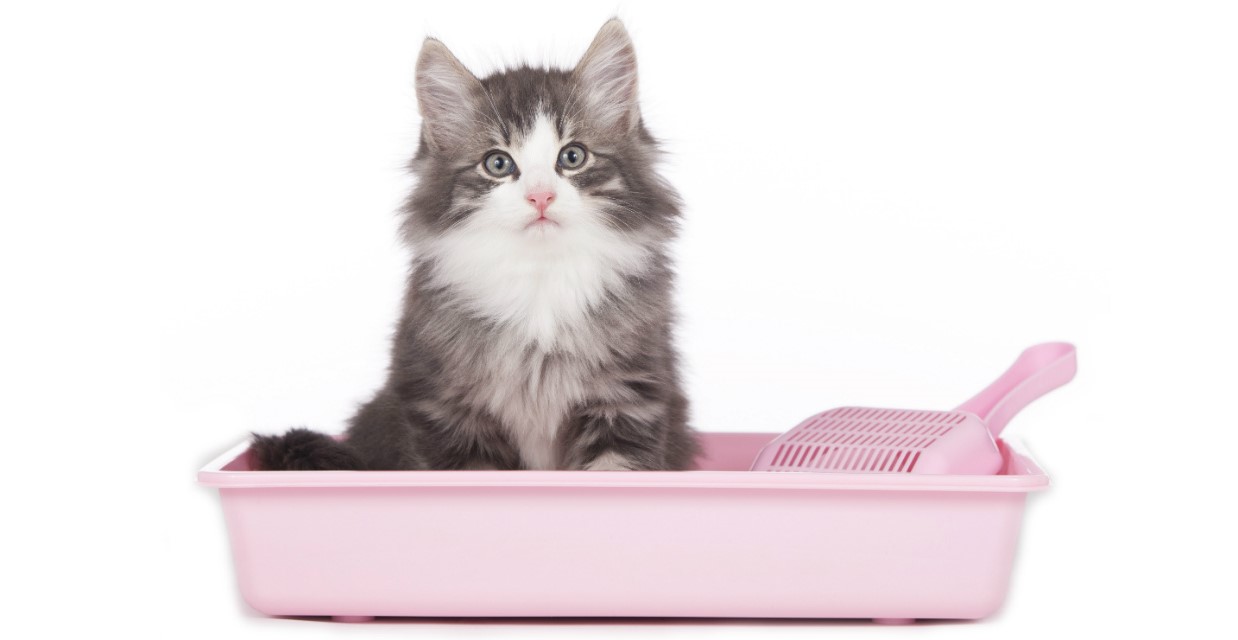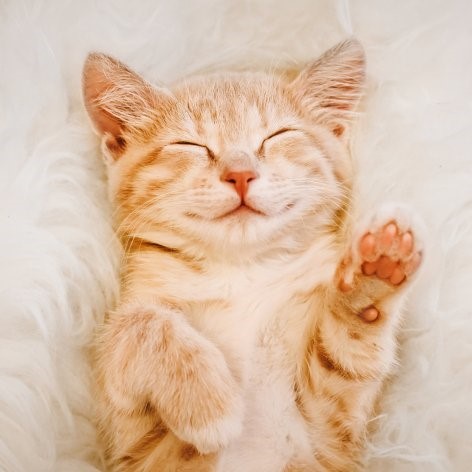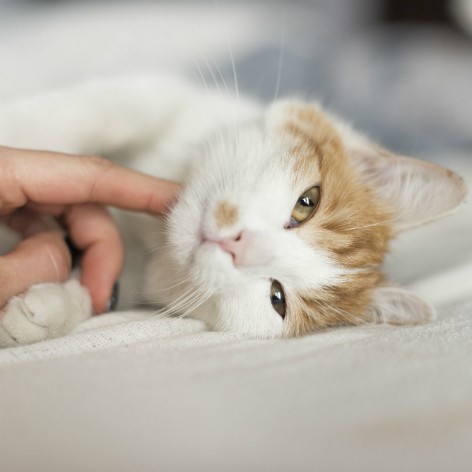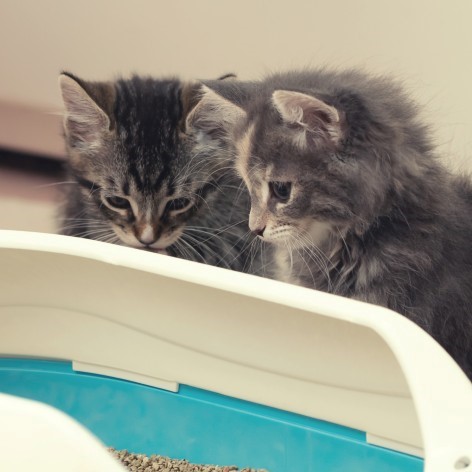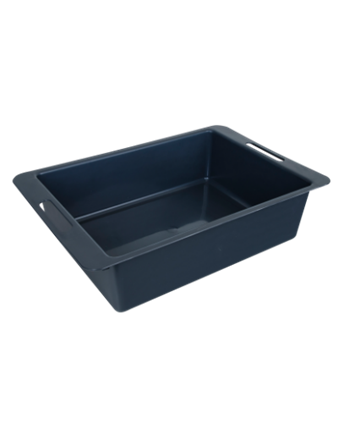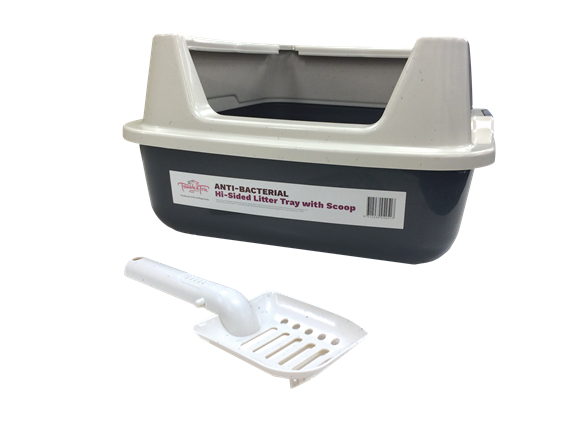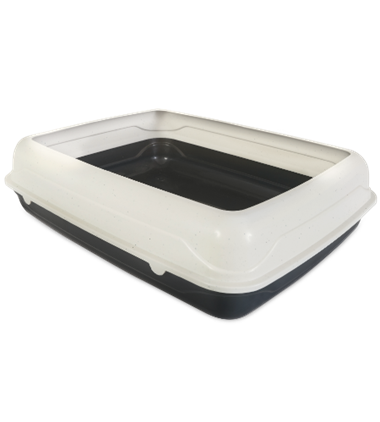Selecting a cat litter doesn’t need to be complicated, but it can often depend on many factors such as odour control, cost, environmental considerations and of course your cat’s preference.
I have my own two cats and have also looked after numerous foster kitties over the years, the youngest of whom was just three weeks old when she came to us.
Suffice to say I’ve bought various cat litters and have discovered what works best for our household.
Being creatures of habit, cats don’t usually respond well to sudden change, so mix the previous type you used with the new. If your cat stops using the litter tray, consult your vet as this could be due to a health concern rather than litter fussiness. Here are some of the types of cat litter available:
Clumping
As the name suggests, clumping litter clumps around the deposits, making them easy to scoop up. Because you only have to remove the clumps, it can be more cost effective as this litter will last longer than a non-clumping litter.
If you have a very young kitten in your care, avoid clumping litter as they can ingest it. Wait until they’re at least a couple of months old and know the tray is not their food bowl!
Clumping with Baking Soda
Baking soda is a wonder at absorbing smells, which is why it’s used in many cleaning products. As the litter tray is definitely not a place where you want smells to linger, the addition of baking sofa in a litter will keep it fresh for longer.
Crystal
If there ever was a regal litter, crystal would be it. Made from the natural resource silicate, this material is great at locking in moisture. As the crystals are large, it also doesn’t cling and stick as much as other types so you won’t find trails of it scattered through the house. It’s fairly lightweight as well as long-lasting and biodegradable.
Lightweight
If you’re after a biodegradable and lightweight litter that also clumps, there is another option available. Made from bentonite clay and cellulose, you’ll get all the benefits of a clumping litter without the weight. This makes it easier to carry the bag of litter and to clean out the tray.
Natural
Perfect for eco-friendly households, natural litter is biodegradable. It is derived from plant sources (such as soy) and comes in clumping pellet form for easy scooping. The pellets are dust-free and they won’t track through the house either.
As you can see, there are a number of options when it comes to cat-toileting, mostly because no two cats (or owners) are the same. If in doubt, trial-and-error is always the best option, and be sure to make changes according to the feedback you get from puss.


